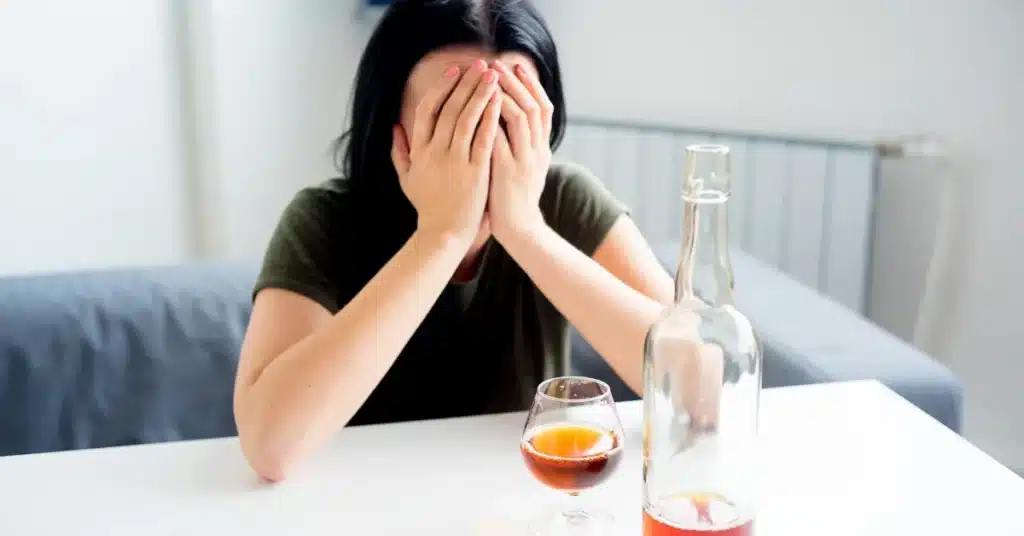At What Age Does a Woman Become Sexually Inactive: Revealing the Truth
Sexuality is an intrinsic aspect of human life that evolves over time.
It can undergo transformations as women age, and the body goes through many transformations.
While age can play a role in shaping one’s sexual experiences, the notion of a fixed age at which a woman becomes sexually inactive is a misconception.
This article will explore at what age does a woman become sexually inactive, the various factors influencing women’s sexual activity, and the misconceptions around it.
Defying the notion of an age limit
Contrary to common misconceptions, there is no specific age at which women become sexually inactive.
The truth lies beyond a specific age and on many factors like individual circumstances, health, mindset, and prioritization.
Recent research highlights a significant correlation between women who prioritize sex and their likelihood of remaining sexually active as they age.
Experts emphasized that prioritizing sex doesn’t always equate to heightened satisfaction, but it does relate to a sustained engagement in sexual activity.
Menopause and changes in sexual health

A multitude of factors contribute to shifts in sexual activity as women age, with menopause often playing a prominent role.
Most women experience menopause between the age of 45 to 55.
The decline in Estrogen production during menopause triggers physiological changes-the vaginal lining thins, elasticity decreases, and arousal might take longer.
Consequently, women may encounter challenges like reduced libido, discomfort during intercourse, and difficulty achieving orgasm.
Other factors impacting sexual health
Beyond physiological changes, psychological and social elements intertwine with physical transitions, affecting sexual health.
Stress, body image concerns, relationship issues, or the absence of a partner can contribute to sexual dysfunction.
Additionally, health conditions like heart disease, Diabetes, or depression, along with medications prescribed for these ailments, can hinder sexual desire or function.
Can women be sexually active in old age

There is no need for sexual activity to become less with age if it holds significance for you.
Engaging in open conversations, seeking support when needed, and embracing a holistic approach can help in a fulfilling sexual life well into the later years.
Addressing these challenges often involves multifaceted approaches, which involve:
- Therapies like lubricants, low-dose vaginal Estrogen
- Changes in medications with adverse effects on sexual function
- Hormone therapy or sex therapy
- Regular exercise can positively impact sexual function by improving blood circulation and heart strength
- Lifestyle habits like quitting smoking, moderate alcohol consumption, weight management, and a nutritious diet can influence sexual health
- Go on date nights and seek new experiences to have a healthy romantic relationship
Conclusion
Contrary to popular belief, there is no specific age limit for women’s sexual activity, as individual circumstances, health, mindset, and prioritization shape it.
Research emphasizes the importance of prioritizing sex in maintaining sexual activity as women age.
Menopause, while often associated with changes in sexual health, is just one factor among many affecting sexual health.
Beyond physiological changes, psychological and social elements, such as stress, body image concerns, and relationship issues, play crucial roles in sexual health.
Recognizing and addressing these factors is important for maintaining a fulfilling sexual life well into later years.
Women should prioritize their sexual well-being, fostering a positive and empowered perspective on sexuality throughout the various stages of life.
Frequently Asked Questions
What factors contribute to sexual inactivity in women?
Factors like physical, psychological, and relational aspects can influence sexual inactivity in women. Chronic illnesses, hormonal imbalances, or medications can impact sexual desire and function. Psychological factors like stress, anxiety, and depression can also play a role, as can relationship issues or a lack of emotional intimacy.
At what age girls are most sexually active?
The age at which girls become sexually active differs and is influenced by individual factors such as cultural background, personal values, and peer influences. Generally, sexual activity tends to increase during late adolescence and early adulthood.
Can a 60-year-old woman be sexually active?
Yes, a 60-year-old woman can be sexually active. Sexual activity is a personal choice and is not limited by age. Many women continue to enjoy fulfilling sexual relationships well into their later years. However, factors such as health, relationship status, and personal preferences can influence sexual activity in older age.
How does menopause affect a woman’s sexual activity?
Menopause typically happens between the age of 45-55, causing a decline in Estrogen levels leading to changes in vaginal lubrication and elasticity. Hormonal shifts may also decrease libido for some women. Additionally, psychological factors like body image concerns, mood changes, or other menopausal symptoms can impact sexual desire.
WowRx uses only high-quality sources while writing our articles. Please read our content information policy to know more about how we keep our content reliable and trustworthy.






